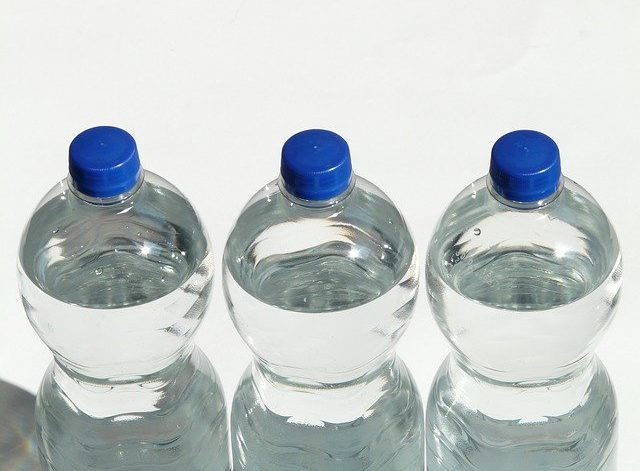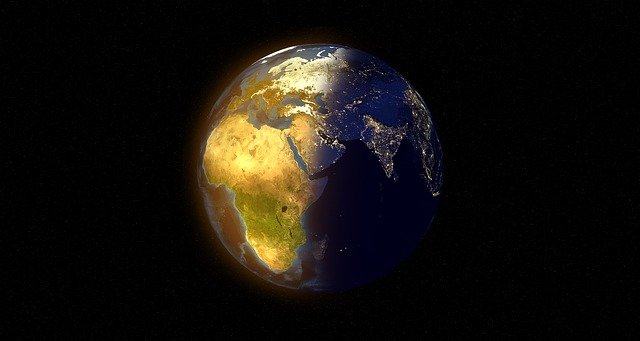Introduction:
The Entertainment or Film Industry is a billion dollar industry that generates huge revenues annually. But the one thing that is almost exclusively ignored and overlooked is the fact that it also generates a huge amount of waste and a huge carbon footprint. Usually, these things are ignored because they are synonymous with and have become a part and parcel of the film industry.
An average day of shooting a large film releases about 1080 metric tons of carbon. While an average production house releases about 3400 metric tons of carbon. This amounts to 33 metric tons of carbon per shooting day of a film. Not yet accounting for all the makeup, wardrobe changes, set construction, props and styling that goes into each day or scene of a film.
An average film produces around 2,800 tons of carbon and it would take around 3700 acres of forests to absorb this amount that is generated.
Also check out, Controlling Air Pollution Crucial for Mitigating World’s Environmental Crises
Negative Environmental Impacts of Film Industry:
1. Fuel Consumption: The number one contributor to the GHG emissions is the fuel consumed by the vehicles transporting the actors and crew from place to place. Along with this there are generators that are operated almost daily on set as a backup. Additionally, a single hour long episode in a TV series emits more caron footprint.
2. Makeup and SFX: Use of makeup is crucial to this industry and many use synthetic makeup that is highly pigmented in order to show up on screen vividly. Hence, being synthetic it contains chemicals which may not be good for the environment and its various ecosystems. The increased amount of makeup usage for every scene also ends up wasting a lot and that ends up in the drains or water ways further loading waste into the environment. SFX makeup is even more bad for the environment. It uses synthetic latex mostly whose manufacture alone produces enough toxins to kill an ecosystem.
Check out: Makeup Industry and Its Negative Impacts on the Environment
3. Wardrobe and Textile: Wardrobe changes and various textiles and waste generated after one wear is a factor that also contributes to the increasing load of solid waste generation on the environment. Depending on the scale of the production, the supply of wigs, accessories and other clothes for every actor on set can multiply this load. More often than not, these wardrobes for films are made of pieces that are expensive however, sometimes regular outfits are fast fashion and these are extremely harmful for the environment as they are made unsustainably and using synthetic chemicals.
Related: Fashion Industry and Its Negative Impacts on the Environment and Fast Fashion and Its Impacts On The Environment
4. Plastic Disposables: Every shooting day on set makes use of thousands of plastic plates, straws, cups, spoons, and other disposables by actors that are used ones and discarded. Additionally, plastic food wrappers, cling films, the use of props and many sets as well require plastic that are more often disposed off improperly and result in plastic pollution.
5. Air Travel: This includes the travel between locations far apart, private jets, fancy cars as well as air shots for high budget action movie scenes. Long shots of action sequences in helicopters or trains and airplanes all contribute excessively to GHG emissions.
6. Energy Use: Lighting on set, cameras, chargeable equipment and personal vanities of actors all use lights and energy for hours on end on a single day even when not in use. This of course, emits a carbon footprint in itself and therefore contributes to the greenhouse effect. Furthermore, the use of fans, air conditioners, heaters and other energy consuming devices for the sake of film scenes also contributes.
7. Set Waste: A film set on average produces about 347 tons of waste for each film. This is almost thrice the times a number of carbon that a person can generate. It also includes, silicon, paints, plastic as well as glass waste that is often difficult to segregate and disassemble and therefore ultimately ends up as waste.
8. Fake Food: While actual food is not waste in films thankfully, fake food is made from rubber and foam. However, even this fake food has its concerns due to the use of paints and other chemicals to give it a highly realistic finish. The question of dumping them as waste is also a valid concern.
Also read: What Are Renewable Energy Sources? – Types of Green Energy
Conclusion:
Although by no means is it possible for any industry, including the film and entertainment industry to shut down; however in order to use the resources in the best way and conserve the planet, we must look towards renewable energy alternatives.
This includes, using alternative hybrid or solar powered cars, sustainable fuels and housing materials can be used on set. Moreover the government can designate specific areas or locations for shooting so that disassembling the sets is no longer needed. This will not just minimize emissions but also be easier for every production to base camp and power the sets using alternative fuels. This alternative energy source such as electrical grid tie-ins can be installed by the government for this specific purpose instead of diesel powered generators.
Besides this, the carbon emissions do not just limit themselves to the production and development of a film; The aftermath of a film also generates more. The film release and premiere, costume designs, transport and styling provided to the actors for attending those, cinema screenings for weeks afterwards all contribute to energy, fossil fuel consumption that leads to carbon emissions.
Also check out: 10 Ways to Eradicate Solid Waste – Methods of Reducing Waste
I hope you all liked this post! Please comment below if you have any suggestions, comments, or feedback! We at #envpk love hearing from our readers! Thanks!




